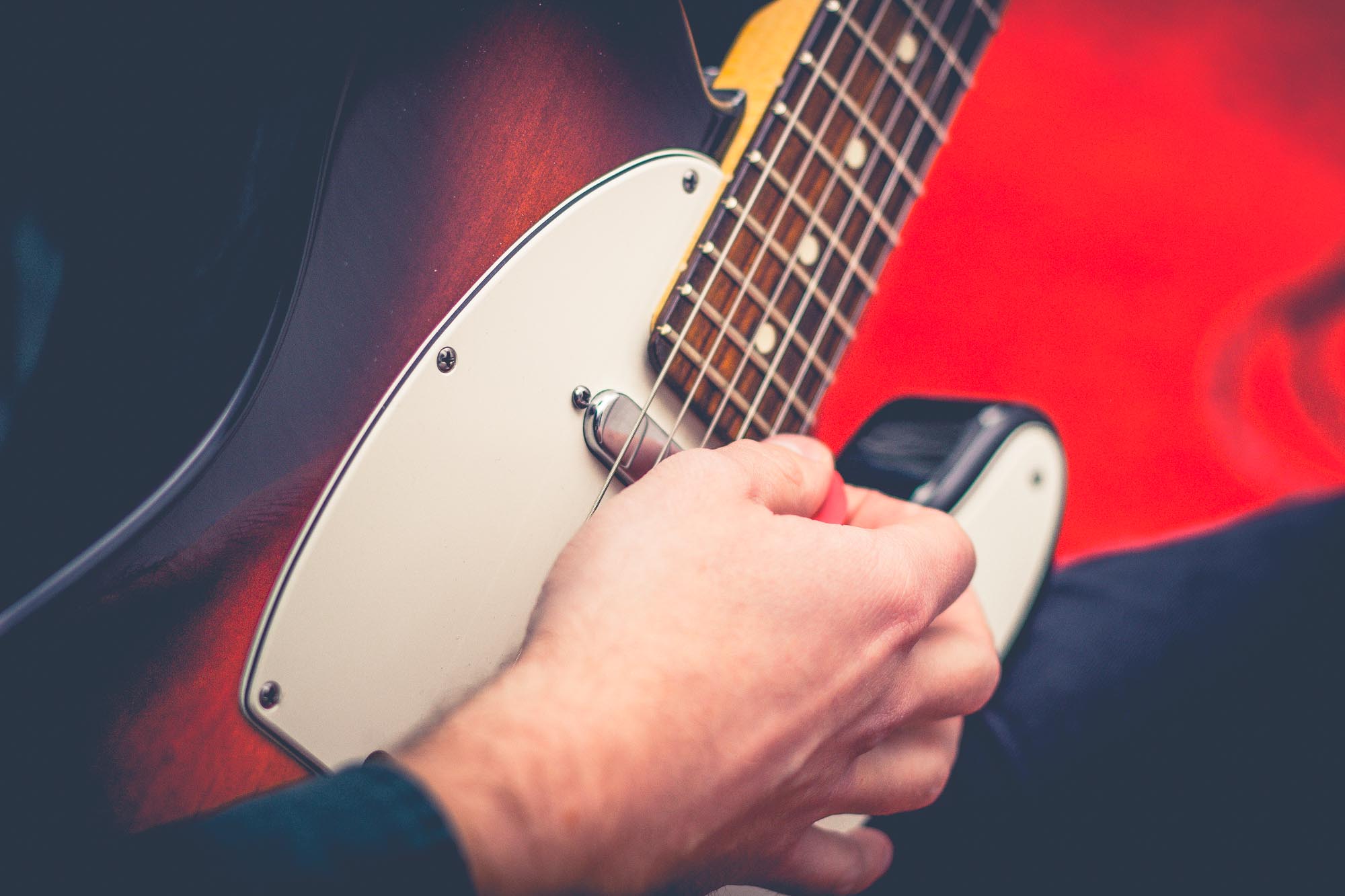
11 Oct How to Commit Drop 2 Chord Voicing’s to Your Memory
Once we reach a certain level in our playing, our chord voicing’s can sometimes feel a little too routine. Perhaps you are playing in a band with a keyboard player or another guitarist, and feel like the chords you are playing are sounding too similar to one another.
This is typically because guitarists use a select few shapes to voice their chords – it’s very common to be able to play perhaps two shapes using the root notes located on your E or A strings, and applying barre shapes from there. If you feel like this is a bracket you fall into, I’m going to show you some new shapes and discuss how we can actually make them useful and fit them into our playing vocabulary.
What is a ‘Drop 2’ Chord
At this stage we are speaking about chords that use 4 notes within them – in this case major 7th, minor 7th and dominant 7th chords. We are taking the second highest note within the chord, and lowering it by one octave. This example is looking at a Cmaj7 chord, and taking the note G, and moving it lower – as displayed.
We can continue to apply this rule, resulting in a total of 4 new inversions of this drop 2 chord, with the root moving across each string in turn. These are labelled for you to see.
Now if you use C as an example, you have allowed yourself to play a chord in 6 different positions – with the root note located once on each string. This is highly useful when arranging solo pieces and also allows you to experiment with these new voicing’s. Play around with them and see which you like the sound of the most. My personal favourite is with the root located on the B string – it’s tricky to master but it sounds great.
Memorising Drop 2 Chords
This is the part where most people get lost. Please understand that you have just taken in a lot of new information. You will not retain it all unless you study it thoroughly. I suggest working through systematically – Locate the root on the D string and practice that one. Try to implement it into a song you are familiar with. Two good songs choices I use are ‘Valerie’ (Amy Winehouse version) and Daft Punk’s ‘Get Lucky’. These are pretty repetitive changes so you should be able to get a handle on the new shapes over time.
Once you have mastered that, attempt the same chord or song using the root on your G string. Repeat the process for the B and high E strings.
Now, you have only just finished learning your 4 major 7th shapes. There are also 4 corresponding shapes for each minor 7th and dominant 7th chord. I have these below for your reference. Use this process slowly and ensure you commit each shape to memory before trying new ones.
We began in the key of C major so I have continued here and am giving you the Dm7 and G7 voicing’s.
Dm7
Eventually you should be able to select any of these 12 chords and be able to name the intervals within them. This is a much more time consuming process, but if you can think of the intervals that belong in the chord and really see them, this will aid your ability to improvise over them by allowing you to select the appropriate arpeggios to use.
Article written by Tom Hobson of Omni Guitar Tuition in Rotherham. Tom offers guitar lessons throughout Rotherham, Sheffield, Doncaster and Barnsley. You can study with Tom at The Music City UK in Sheffield on Thursday evenings, or at Take 2 Academy in Barnsley on a Saturday afternoon. Alternatively you can join a waiting list for private tuition. Email omniguitartuition@gmail.com for more info.





No Comments